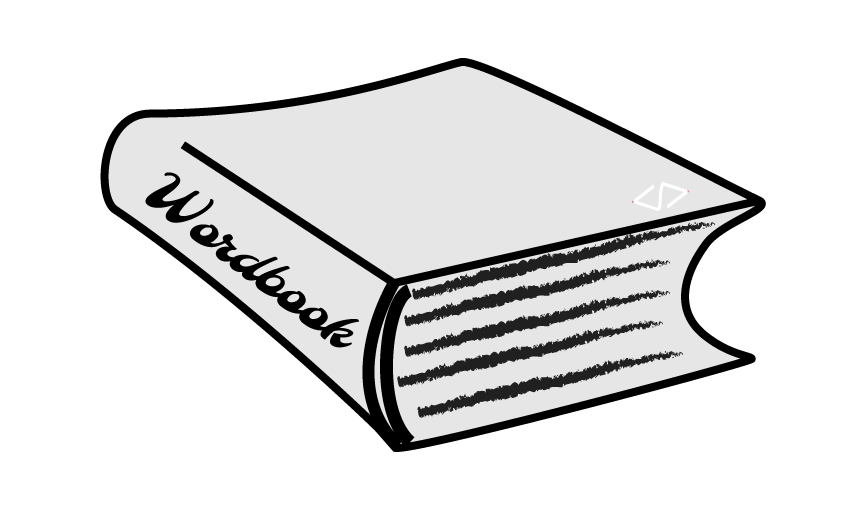ALGORITHM
In mathematics and computer science, an algorithm is a finite sequence of rigorous instructions, typically used to solve a class of specific problems or to perform a computation. ~ Wikipedia
Simply put, an algorithm is the set of steps required or needed to execute a task. A typical example could be a recipe. It tells you the steps and what to do at each step, and if there is any condition (like, has it boiled for 15 minutes?) at any step, the recipe should anticipate the various decisions to take.
So, a techy chef could say, "Give me the algorithm of your favorite food, and I will cook it for you.".
For people who are studying algorithms (mathematicians and computer scientists), it's a tool of communication. It conveys ideas and solutions. That makes it a modeling tool. There are several other modeling tools, such as flowcharts, pseudocodes, and ULM (Unified Modeling Language).
An algorithm can be represented using any of these tools. Generally, algorith diagramatic form are made usimg flowcharts which in tourn are made from UML tools.
Let's look at an example: adding two numbers. To add two numbers a and b:
In human language
We calculate(mentally of using a calculator) the sum of the two
In pseudocode
Display "Enter the first number:"
Input a;Displlay "Enter the second number:"
Input bSum = a + b
Display "The sum of", a, "and", b, "is", sum
Activity Diagram

